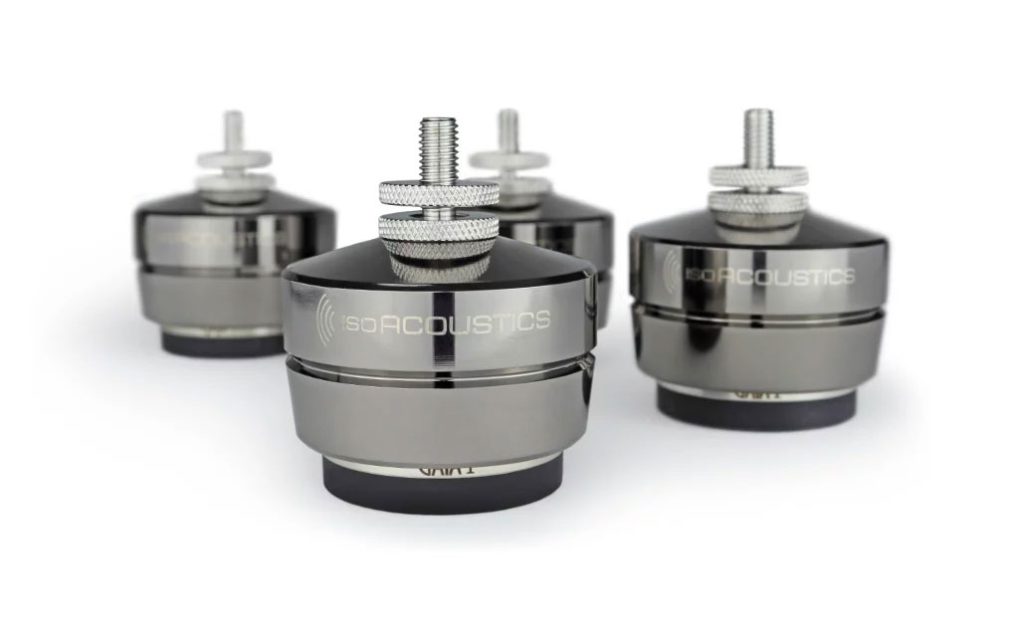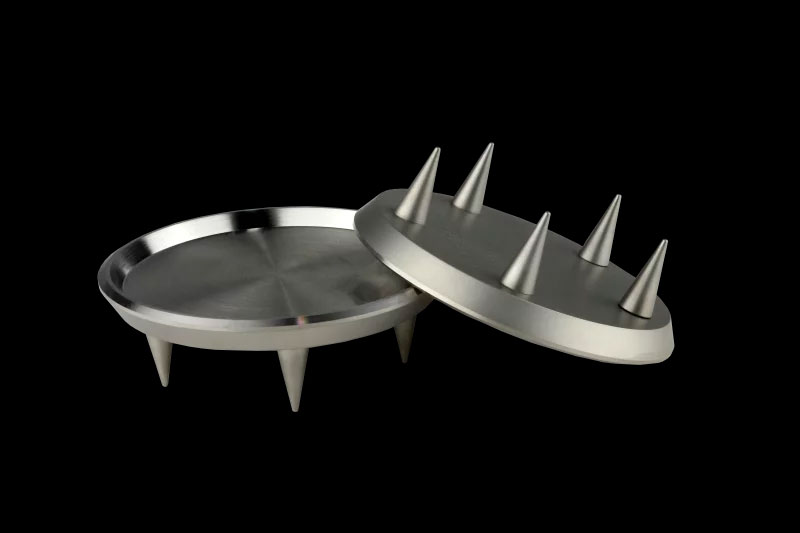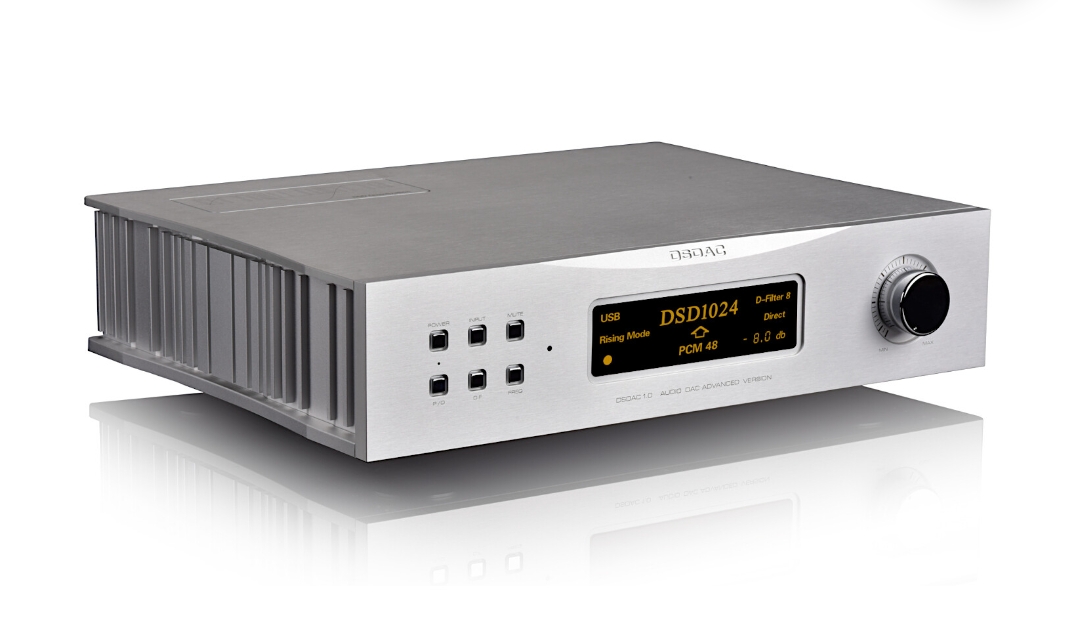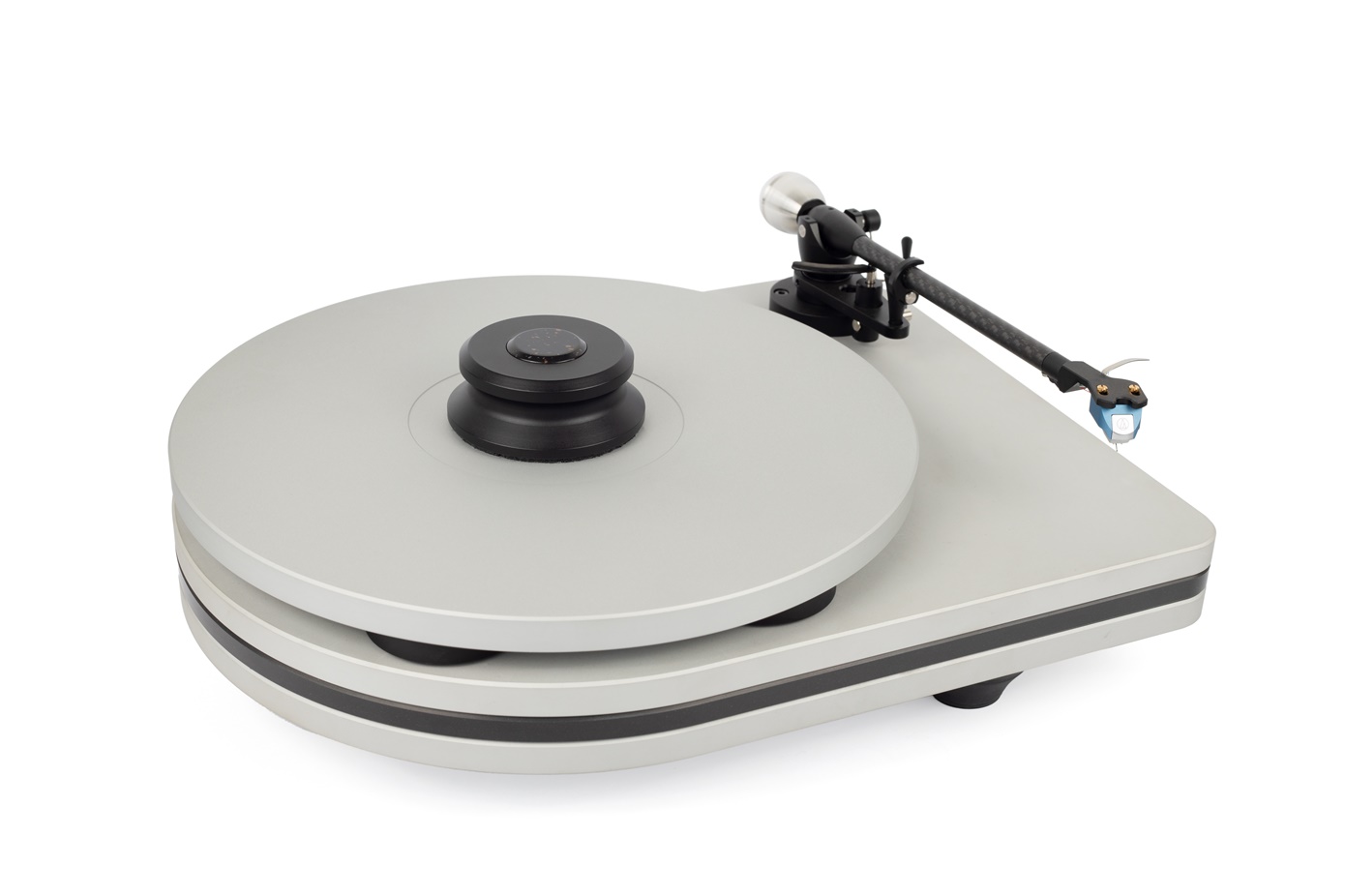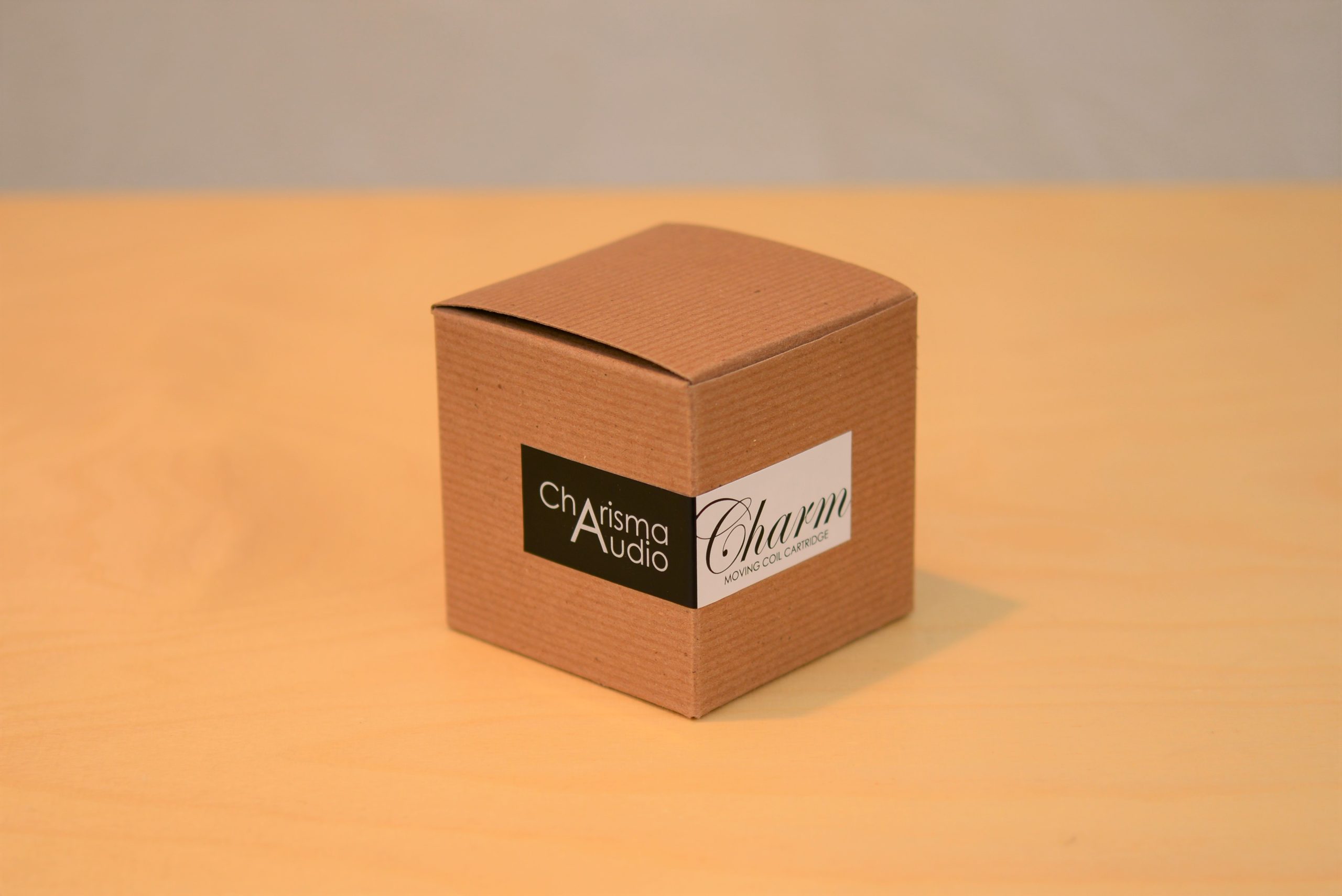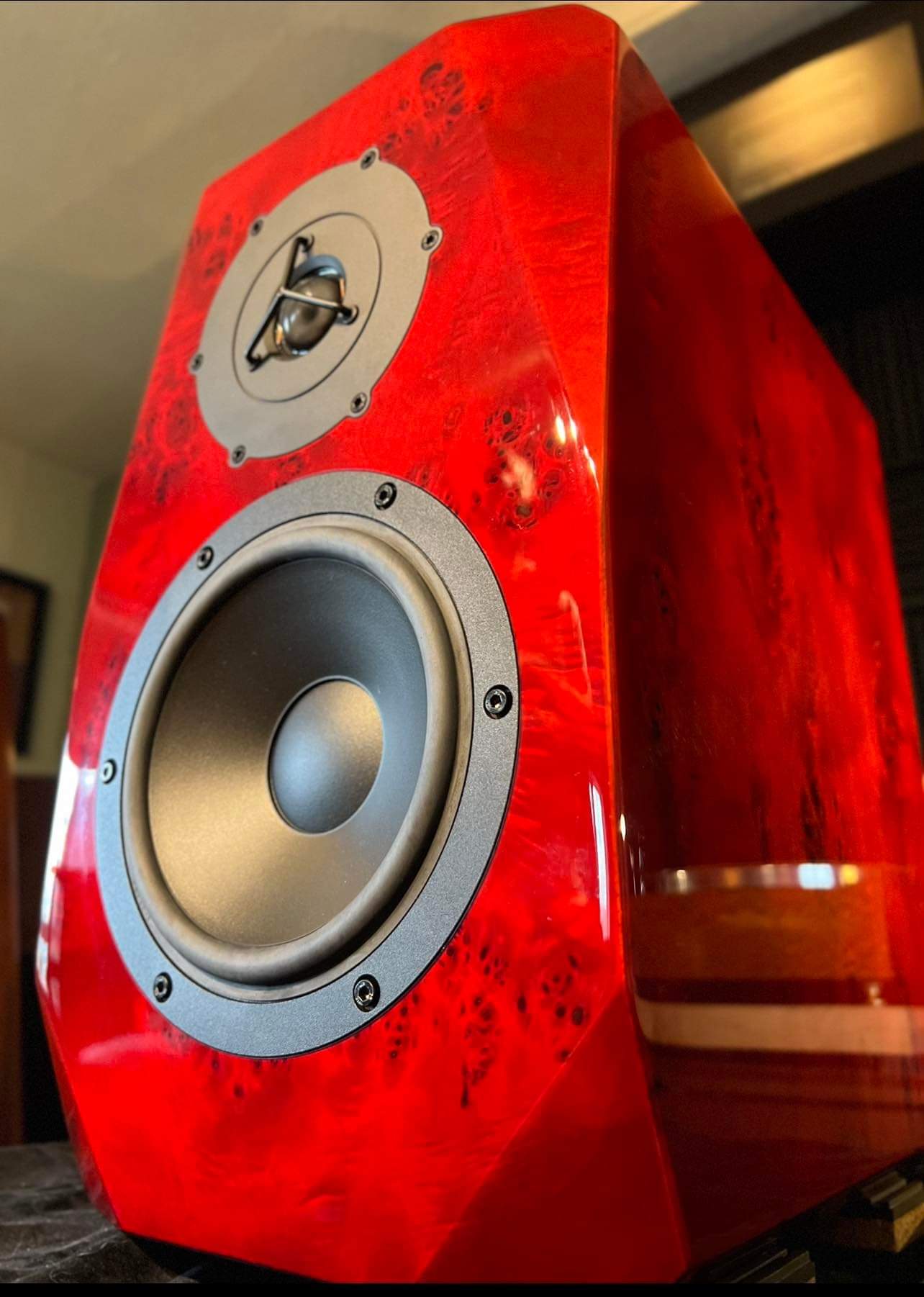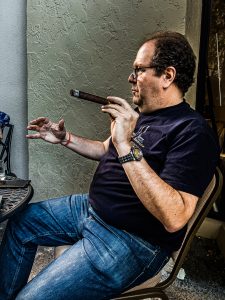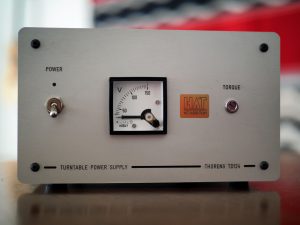Advanced Audio in Tacoma, Washington was the first high end audio shop I ever walked into. There I was introduced to the Linn LP 12 turntable, Vandersteen speakers, Meitner amplification, and several other iconic pieces. One day the shop owner had a pair of Martin Logan CLS speakers set up in the main listening room, and I was awestruck by the clarity, delicacy, and the illusion of acoustic space. Over the last seven years a pair of JBL 4365 speakers have anchored my audio system, and I believed that a well-executed set of horn drivers are the closest match to the presentation of a planar speaker that you can get within the constraints of a conventional box arrangement. I still believe that. However, seven years is a good run for a pair of speakers, and I felt it was time to shake things up a bit. I took stock of my room, and I concluded I could accommodate a set of planar speakers. You always remember that first love, and so I started to look for a pair of Martin Logan CLX electrostatic panels. I discovered the speaker recently went out of production, and that turned out to be a formidable obstacle. Some days you are just plain lucky, and I was able to locate a pair of CLX ART speakers which had been treated with kid gloves and sported an optional piano black finish. After working through the logistics of crate packing and using a freight company for shipping, I was able to bring these lovely beauties home.
Not everything goes smoothly in these kinds of transactions. In this case my speakers were provided with feet that were suited for laminate floors. The issue is my listening room is carpeted, and the factory spikes were not included in the shipment. These spikes are large and not easily replaceable, yet I could order from the factory and solve this problem. At this point I thought to myself, "What if I can do better than a set of spikes? What are my options?" After holding conversations with various audio friends and industry contacts, I decided to get in touch with IsoAcoustics Inc to obtain a set of the Gaia I footers. In issue 113 of Positive Feedback Robert S Youman penned a comprehensive review of the Gaia I footers (HERE), and I would encourage you to spend a bit of time reading this excellent article as it provides you with the theory and details behind the design of this product. Instead, I will discuss the effects of the Gaia I footers when they are used with planar style speakers, and what the expected overall effects will be in this kind of application.
The Martin Logan CLX ART speakers weigh 105 pounds each, which placed them at the upper limit for the Gaia II footers. I had a conversation with Paul and Sean Morrison regarding which footer was best suited for this task, and the decision was made to select the Gaia I, as the innards were capable to supporting a higher weight limit and would effectively isolate the speaker to a greater degree. An optional set of studs with the correct thread size were added to the package, as well as the optional carpet disks. The whole process came off without a hitch, as the product is well packed, and the shipment arrived in a timely manner. The most difficult step of the installation was tilting the speakers back safely to achieve enough clearance while installing the feet. The final angle of tilt for the speaker was made with small adjustments to the front feet, and locking nuts secured them in place. While feet are not supposed to stand out and draw attention, these finely crafted and finished feet add a level of refinement to the visual appearance of these speakers.
While the CLX ART are a remarkably detailed speaker, I am able to achieve a higher degree of resolution with the IsoAcoustics feet installed. The entire spectrum of music is improved, with more lifelike vocals and instruments having a delicate decay pattern. Listening to "Wild West End" by Dire Straits (Dire Straits, Warner Bros BSK3266) Knopfler's voice is rough and textured like it should be, but its delicate and nuanced in a way that was not as apparent before the addition of these feet. The steel guitar has a metallic shimmer that sounds significantly more authentic. Finally, the bass guitar has a bounce to it that feels right. Normally we do not think of the overtones of a bass guitar, but it certainly is there even if it's difficult to reproduce. The IsoAcoustics Gaia I footers allow these speakers to obtain a higher level of resolution since the frames are isolated and have a pathway to drain vibrations away from the speaker diaphragms.
With the Gaia I footers in place I also experienced an increase in soundstage depth. I found I could add an incremental degree of toe-in to the speakers and obtain a greater degree of depth and not lose any width to the music. The Martin Logan speakers excel at creating acoustic space, so any gains to this presentation are hard fought wins that enhance the illusion of being in a musical venue. When listening to the speakers with standard spikes in place I found "The Cape Verdean Blues" (The Cape Verdean Blues, Blue Note Stereo B0022579-01) by The Horace Silver Quintet to have a shallow soundstage, which I previously attributed to the recording. Once the IsoAcoustics were installed I experienced a greater degree of depth across the recording, keyboards are now located behind the horns, and slightly left of center. The drum kit and percussion are further back and centered in the soundstage. To obtain gains of depth from this album is no small feat, and I am thoroughly impressed on what the Gaia I footers can accomplish.
No one will ever mistake the Martin Logan CLX ART speakers for a stack of JBL stage monitors as they will never have that physical impact. Still, these speakers are 90 dB efficient and possess a sophisticated panel design that can move a significant portion of air. The key to improving the dynamic of the CLX ART speakers is to allow the panel to launch its energy cleanly and not have its output smeared by reflected energy from the framework bleeding back into diaphragm. This is a fundamental strength of the Gaia I footers, and I find that high energy music such as blues or rock and roll displays a degree of physicality. On "Show Me How to Live" by Audioslave (Audioslave, Epic EK86968) I have forceful kick drums to open the song, present gritty guitar licks with a nasty edge, and Chris Cornell belts out his lyrics with primal energy. When I made the decision to purchase the CLX ART speakers I wondered if I would need a secondary set of speakers to enjoy this kind of music. Listening to the speakers with standard spikes in place I had resigned myself to this reality. Thankfully with the IsoAcoustics footers in place I do not have to travel down that road. I can enjoy my Audioslave, Nirvana, and Tool without compromise.
Uncontrolled vibration and resonances are insidious parasites that rob our audio systems of the beauty and purity of music. Audiophiles will invest thousands of dollars per component, and the totality of a system can be a significant financial investment. Owners will spend great care picking out just the right speakers, work tirelessly at finding a favorable placement in our rooms, and search for the right furnishings and acoustic panels to minimize the effects of acoustic reflections. Traditionally spikes are used on carpets, or a combination of spikes and cups on a hard floor to mitigate the effects of speaker resonances. This is a level one solution, and it does work to a degree. The IsoAcoustics footers alleviate the effects of these unwanted resonances by providing stability in the horizontal plane, and then fashioning a pathway to drain and dissipate vibrations from the speaker cabinet, or in case of the CLX ART, the speaker frame. This is more than a bit of smoke in mirrors, as these products have undergone both frequency response testing in anechoic chambers and laser scanning vibration measurements at the National Research Council of Canada facilities. There are measurable and repeatable effects in using the Gaia footers in our audio systems. These footers are engineered to work under a wide variety of speakers, which is to be expected since the design provides a pathway to sink and dissipate undesirable energy. If you use a speaker with traditional cabinets such as the Sonus faber Stradivarius that Robert Youman owns, or an electrostatic panel such as my Martin Logan CLX ART, you will find tangible benefits from this product.
Gaia I Footers
Retail: $499 set of four
IsoAcoustics




